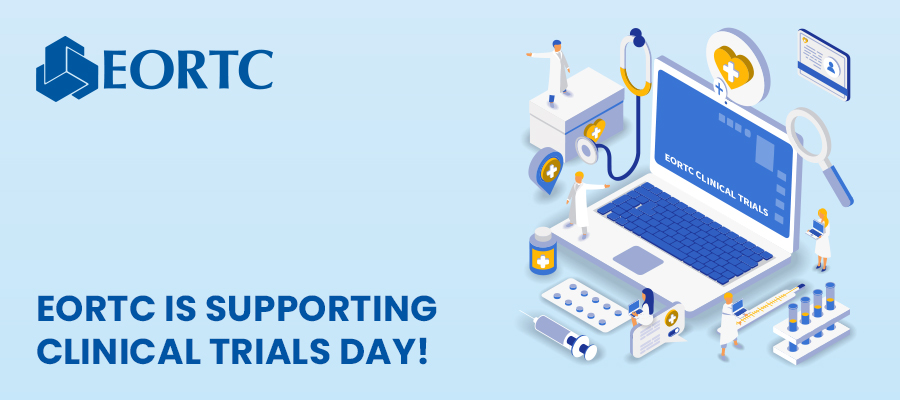Unmasking P-values
20 May 2020
Take Home Messages:
- P-values say nothing about effect size, look up the confidence interval and point estimate to address clinical relevance of any “findings”
- The P-value does not measure the likeliness of H0 being true
- Rejection of the null hypothesis does not mean that the true effect is as specified in the alternative hypothesis that the study was powered for
- H0 cannot be proven. A non-significant P-value does not prove that the null hypothesis is true
- P-values are influenced by sample size (power).
- There is always a chance that a statistically significant finding be a false positive
- The chance of false positive findings increases sharply with the number of tests
References
Amrhein V, Greenland S, McShane B. Scientists rise up against statistical significance. Nature 567, 305-307 (2019).doi: 10.1038/d41586-019-00857-9
Cristea IA, Ioannidis JPA. P values in display items are ubiquitous and almost invariably significant: A survey of top science journals. PLoS One. 2018;13(5):e0197440. Published 2018 May 15. doi:10.1371/journal.pone.0197440
Fisher RA. Statistical Methods for Research Workers. Edinburgh, UK: Oliver and Boyd; 1925.
Greenland S, Senn SJ, Rothman KJ, et al. Statistical tests, P values, confidence intervals, and power: a guide to misinterpretations. Eur J Epidemiol. 2016;31:337–350.
Goodman S. A dirty dozen: twelve p-value misconceptions Semin Hematol. 2008 Jul;45(3):135-40. doi: 10.1053/j.seminhematol.2008.04.003
Ioannidis JPA. The Proposal to Lower P Value Thresholds to .005. JAMA. 2018;319(14):1429‐1430. doi:10.1001/jama.2018.1536
Ioannidis JPA. Publishing research with P-values: Prescribe more stringent statistical significance or proscribe statistical significance?. Eur Heart J. 2019;40(31):2553‐2554. doi:10.1093/eurheartj/ehz555
Neyman J, Pearson E. On the problem of the most efficient tests of statistical hypotheses. Philos Trans R Soc Lond A. 933;231:289–337.
Schroeber P, Bossers SM, Schwarte LA. Statistical Significance Versus Clinical Importance of Observed Effect Sizes: What Do P Values and Confidence Intervals Really Represent?. Anesth Analg. 2018;126(3):1068‐1072. doi:10.1213/ANE.0000000000002798
Szucs D, Ioannidis JPA. When null hypothesis significance testing is unsuitable for research: a reassessment. Front Hum Neurosci.2017;11:390.
Wasserstein RL, Schirm AL and Lazar NA (2019) Moving to a World Beyond “p < 0.05”, The American Statistician, 73:sup1, 1-19, DOI: 10.1080/00031305.2019.1583913
Related News
EORTC: Advancing research and treatment for rare cancers
29 Feb 2024
EORTC Fellowship Programme: celebrating more than 20 years of impactful collaboration
22 Feb 2024
Appointment of Malte Peters as EORTC Strategic Alliance Officer
9 Feb 2024
Unique series of workshops in partnership with the European Medicines Agency (EMA)
7 Feb 2024
EORTC launches a prominent clinical trial in older patients with locally advanced (LA) HNSCC (Head and Neck Squamous Cell Carcinoma)
14 Dec 2023
Seven IMMUcan abstracts selected for ESMO Immuno-Oncology Congress 2023
6 Dec 2023
EORTC Quality of Life measures integrated in CDISC
20 Nov 2023
EORTC and Immunocore are collaborating to launch the ATOM clinical trial of tebentafusp in Adjuvant Uveal Melanoma
7 Nov 2023
Treatment with decitabine resulted in a similar survival and fewer adverse events compared with conventional chemotherapy in older fit patients with acute myeloid leukaemia
31 Oct 2023
New results and forthcoming EORTC trials in rare cancers, lung, head and neck, and breast carcinomas presented at ESMO 2023
20 Oct 2023


